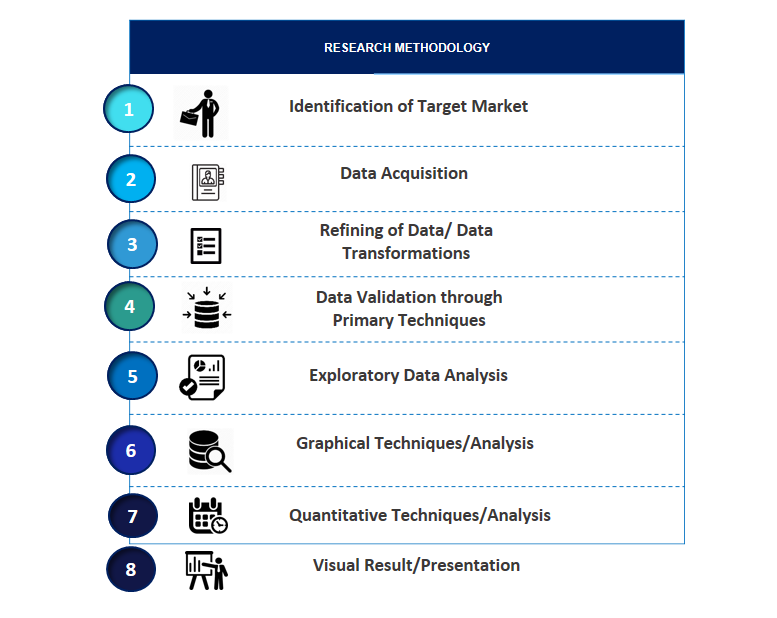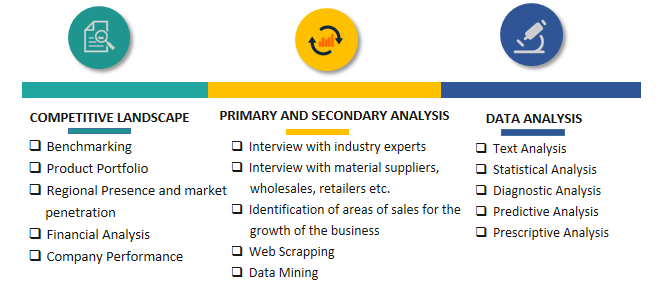Global 5G in Healthcare Market Overview:
According to SPER Market Research, the Global 5G in healthcare market estimated to reach USD 3.9 Bn by 2030 with a CAGR of 69.8%. Technologies such as Telehealth and robotics services are getting popular due to the rapidly evolving healthcare industry. Such advancements help in treatment efficiency and drive the growth of this market.
Impact of COVID-19 on the 5G in Healthcare Market
COVID-19 has induced barriers for the access to healthcare. Digital technologies have been proven to be a supportive tool during the pandemic to control transmission of infections, provide healthcare related correct information and remote treatments to the patients. The adoption of 5G in healthcare can assure effective communications, early diagnosis of diseases, remote access to information, patient monitoring and real time data collection.
Scope of the report:| Report Metric | Details |
| Market size available for years | 2019-2030 |
| Base year considered | 2021 |
| Forecast period | 2022-2030 |
| Segments covered | By Component, By Application, By End User
|
| Geographies covered | North America, Europe, APAC, Latin America and the Middle East & Africa
|
| Companies Covered | Airtel, AT&T, BT Group, China Mobile Limited, Cisco, Deutsche Telekom AG, Ericsson, Fibocom Wireless Inc., Huawei Technologies Co. Ltd., NEC Corporation, Nokia, NTT DOCOMO, Orange S.A. , Qualcomm, Quectel, Samsung, Sequans, Sierra Wireless, SK Telecom Co. Ltd., Swisscom, Telefónica, Telit, Telus, T-Mobile, Verizon, Vodafone
|
Driver: Rising adoption of Telehealth and Robotics
During the pandemic, telehealth and robotics assisted surgeries are gaining popularity and acceptance. These technologies can provide treatment limiting the contact with the patient. 5G allows the healthcare delivery to the patients virtually through telepresence mediums. 5G also has helped in advancements in software to support robotics assisted surgery.
Challenge: High security risks
Automated technologies in healthcare are also associated with data breaches which can potentially raise security concerns among the users. This can lead to restriction for the adoption of 5G related solutions in healthcare.
Opportunity: AI tools in healthcare
Real time remote monitoring solutions help in reducing hospitalization, continuously monitor health and improve quality of healthcare. Wearables and health monitoring apps can use 5G solutions to improve the efficiency and provide early diagnosis of diseases. AI tools can open plethora of opportunities to improve Healthcare utilizing 5G.
5G in Healthcare Market Segmentation:
By Component: Based on component, market has been segmented into hardware, services, connectivity.
By Application: Based on application, the market is segmented into connected medical devices, remote patient monitoring, AR/VR, asset tracking for medical devices, connected ambulance.
By End User: Based on End User, the market is segmented into healthcare providers, healthcare payers, other end users.
By Region: Asia-Pacific owns the largest share of this market due to supportive government initiatives, increasing adoption of these technologies, rising number of IoT enabled medical devices and rapidly evolving network connectivity.
1. Introduction
2. Research Methodology
3. Executive Summary
4. Market Overview
4.1. Introduction
4.2. Market Dynamics
4.2.1. Drivers
4.2.2. Restraints
4.2.3. Opportunities
4.2.4. Challenges
4.3. COVID-19 Impact of the 5G in Healthcare Market
4.4. Market Trends
5. Global 5G in Healthcare Market, By Component, 2019-2030 (USD Million)
5.1. Hardware
5.2. Services
5.3. Connectivity
6. Global 5G in Healthcare Market, By Application, 2019-2030 (USD Million)
6.1. Connected Medical Devices
6.2. Remote Patient Monitoring
6.3. AR/VR
6.4. Asset tracking for medical devices
6.5. Connected Ambulance
7. Global 5G in Healthcare Market, By End User, 2019-2030 (USD Million)
7.1. Healthcare Providers
7.2. Healthcare Payers
7.3. Other End Users
8. Global 5G in Healthcare Market, By Geography, 2019-2030 (USD Million)
8.1. North America
8.1.1. US
8.1.2. Canada
8.2. Europe
8.2.1. Germany
8.2.2. UK
8.2.3. France
8.2.4. Italy
8.2.5. Spain
8.2.6. Rest of Europe
8.3. Asia-Pacific
8.3.1. China
8.3.2. Japan
8.3.3. India
8.3.4. Rest of Asia-Pacific
8.4. Rest of the World
8.4.1. Latin America
8.4.2. Middle East & Africa
9. Competitive Landscape
9.1. Introduction
9.2. Market Share Analysis, By Key Players
9.3. Competitive Scenario
9.3.1. Product Launches
9.3.2. Partnerships, Collaborations and Agreements
9.3.3. Acquisitions
9.3.4. Expansions
9.3.5. Other Developments
10. Company Profiles
10.1. Airtel
10.2. AT&T
10.3. BT Group
10.4. China Mobile Limited
10.5. Cisco
10.6. Deutsche Telekom AG
10.7. Ericsson
10.8. Fibocom Wireless Inc.
10.9. Huawei Technologies Co., Ltd.
10.10. NEC Corporation
10.11. Nokia
10.12. NTT DOCOMO
10.13. Orange S.A.
10.14. Qualcomm
10.15. Quectel
10.16. Samsung
10.17. Sequans
10.18. Sierra Wireless
10.19. SK Telecom Co., Ltd.
10.20. Swisscom
10.21. Telefónica
10.22. Telit
10.23. Telus
10.24. T-Mobile
10.25. Verizon
10.26. Vodafone
11. Appendix
SPER Market Research’s methodology uses great emphasis on primary research to ensure that the market intelligence insights are up to date, reliable and accurate. Primary interviews are done with players involved in each phase of a supply chain to analyze the market forecasting. The secondary research method is used to help you fully understand how the future markets and the spending patterns look likes.
The report is based on in-depth qualitative and quantitative analysis of the Product Market. The quantitative analysis involves the application of various projection and sampling techniques. The qualitative analysis involves primary interviews, surveys, and vendor briefings. The data gathered as a result of these processes are validated through experts opinion. Our research methodology entails an ideal mixture of primary and secondary initiatives.


